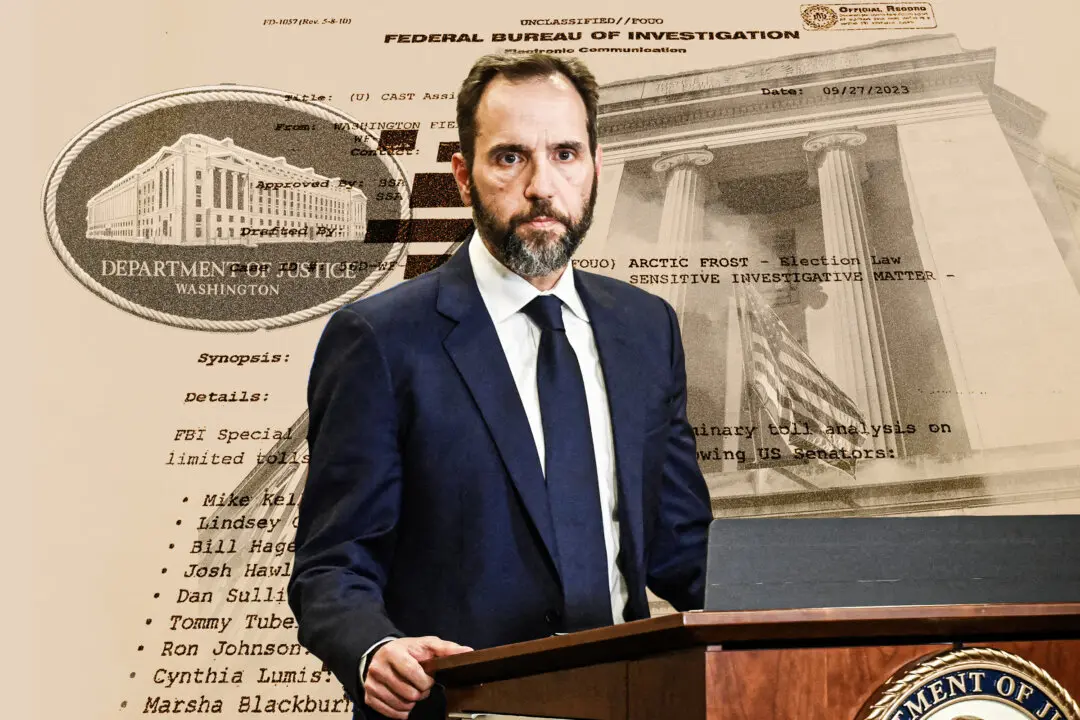NEW YORK—Living in the Empire State comes with its perks and its pitfalls. Not everyone can afford to live in a state with one of the highest tax burdens in the country.
In exchange, New Yorkers expect excellent public services.
Civil service traditionally comes with unimpressive pay but generous health and pension benefits. The latter can be overlooked—especially for a young person far from retirement.
But lately, pension benefits have become more and more significant—first, because young civil servants are seeing fewer and fewer of them, and second, because they threaten the future of the state.
The state retirement system now pays over $10 billion in pensions every year—about the cost of two-and-a-half One World Trade Centers. And the cost is rising by about 5 percent every year.
Meanwhile, the pension funds’ investments don’t bring in enough cash, so the state has to pay the difference—which amounted to $5 billion last year. With a volatile stock market, that number is likely to grow.
History of Pensions in New York
The state of New York granted its employees pensions in 1921. After one year, 4,672 employees entered the system and 43 retirees started collecting pensions. The pension amounted to half of a salary after 35 years of service (the amount was higher if retiring later and lower if earlier).
To put enough money aside for pensions, the state established pension funds that were half-funded by the state and half-funded by money deducted from employees’ salaries. The idea of a pension fund is that the state invests the fund money into bonds and the interest from the bonds then helps to cover the payments to the retirees.
The first waves of retirees in the 1950s and 1960s collected rather meager pensions, averaging $20,000 to $22,000 per year in today’s dollars.
Yet, collective bargaining with unions has considerably sweetened the pension deal throughout the decades. The pension payout increased from 50 percent to 67 percent of a salary (calculated after 35 years of service). Police officers and firefighters could retire as early as after 20 years of service. And, most importantly, employees were no longer required to chip in, doubling the cost for the state compared to the 1921 system.

The New York City Fire Department (FDNY) responds to a second alarm fire in the Chelsea neighborhood of Manhattan, New York, Sept. 1, 2014. Samira Bouaou/Epoch Times





